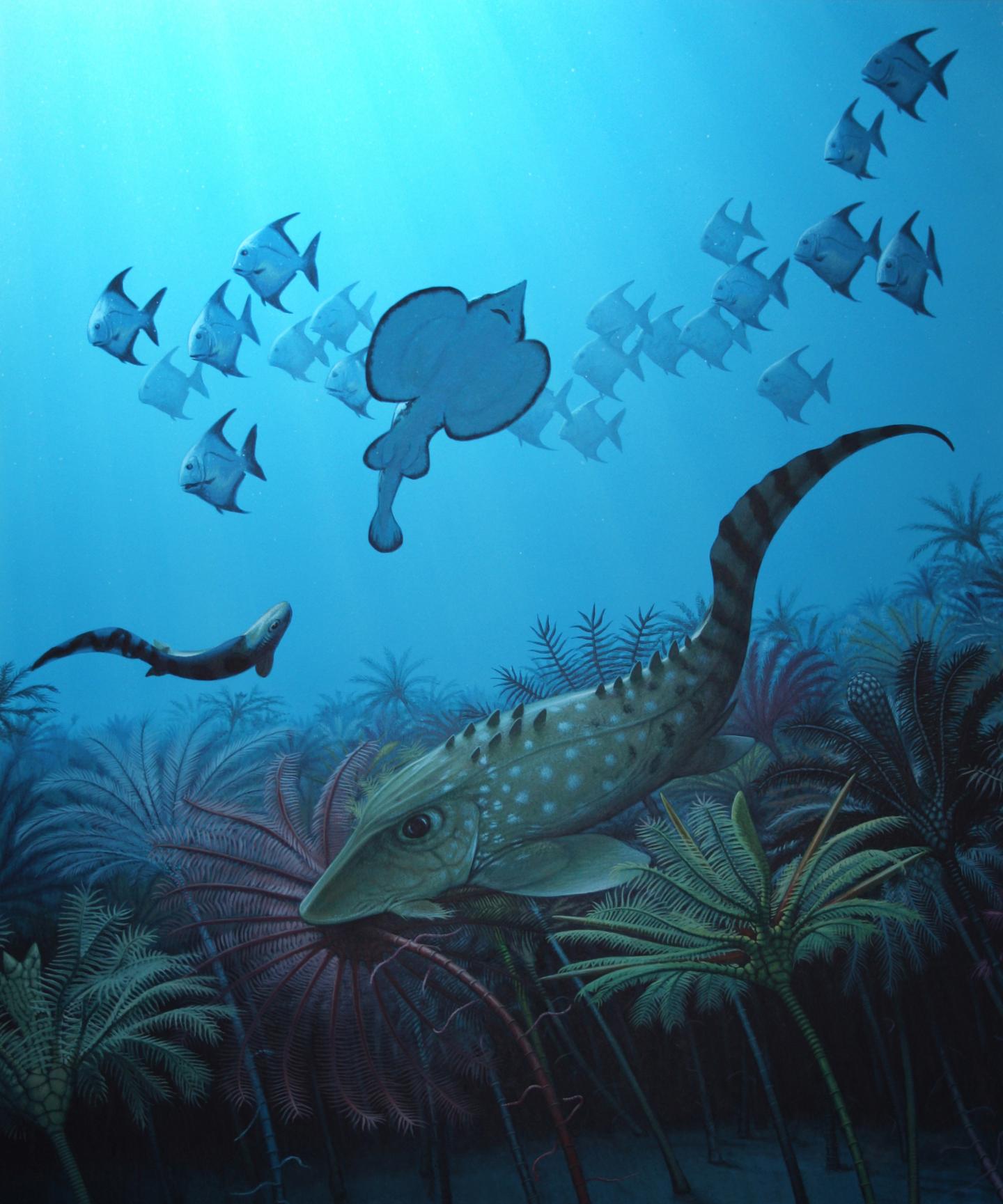Podcast: Play in new window
BOB HIRSHON (host):
The aftermath of mass extinction. I’m Bob Hirshon and this is Science Update.
Three hundred million years before the dinosaurs met their famous end, fish—ranging from minnows to behemoths the size of school buses—ruled the seas. Then, a global ice age wiped out most of them. University of Pennsylvania researcher Lauren Sallan reports in the journal Science that just as with the dinosaur extinction, the world that followed was dominated by small creatures.
LAUREN SALLAN (University of Pennsylvania):
Things that are very small tend to be fast-breeding, they have larger population sizes, and they can subsist on fewer resources. But also generate more diversity and basically take over the world.
HIRSHON:
She says many big animals did survive the initial extinction event, but then smaller animals out-competed them in the disrupted environment. The findings could provide important insights as human activity drives another wave of mass extinction today. I’m Bob Hirshon, for AAAS, the science society.

